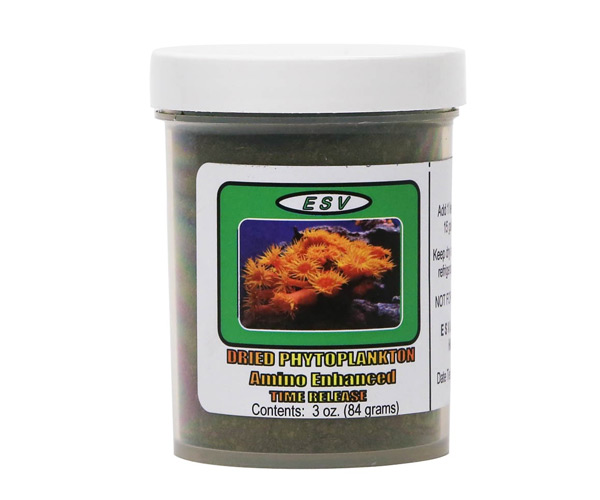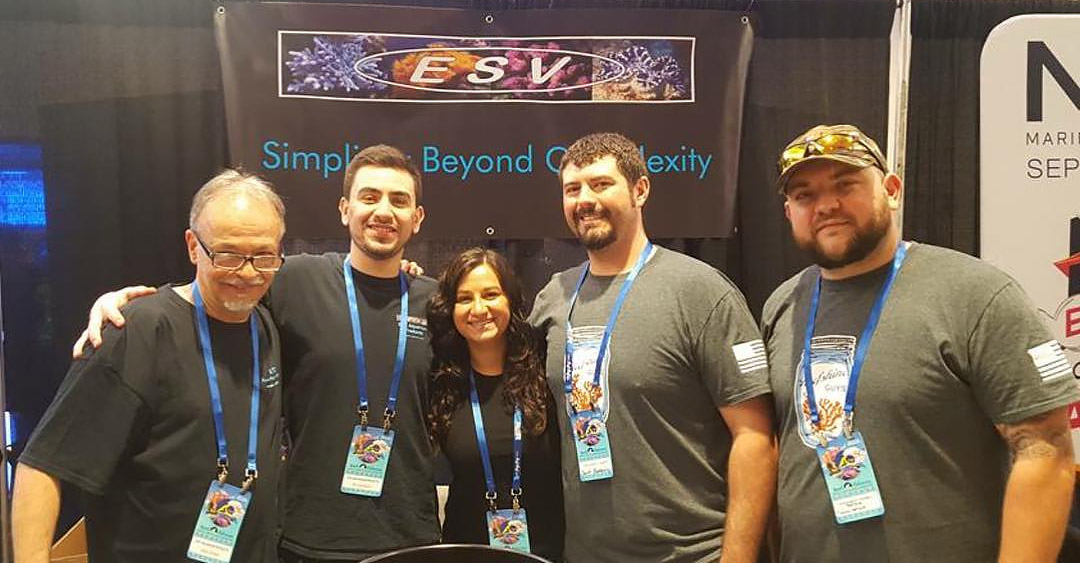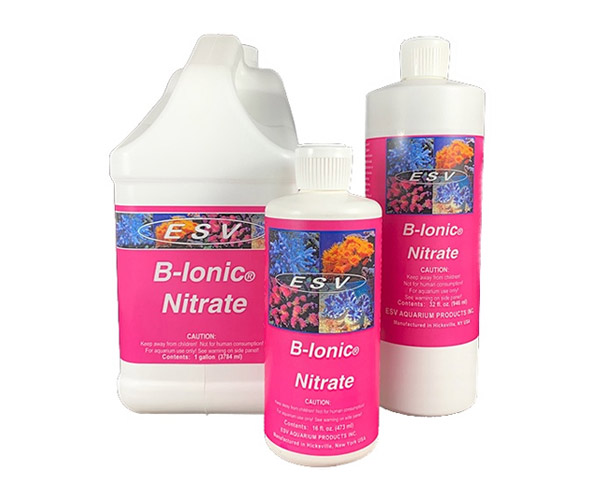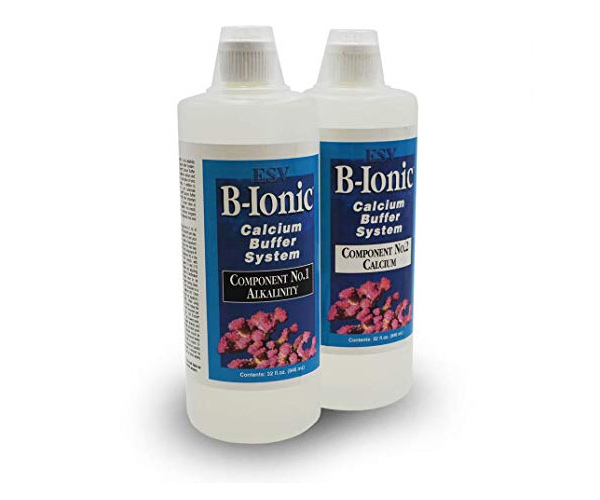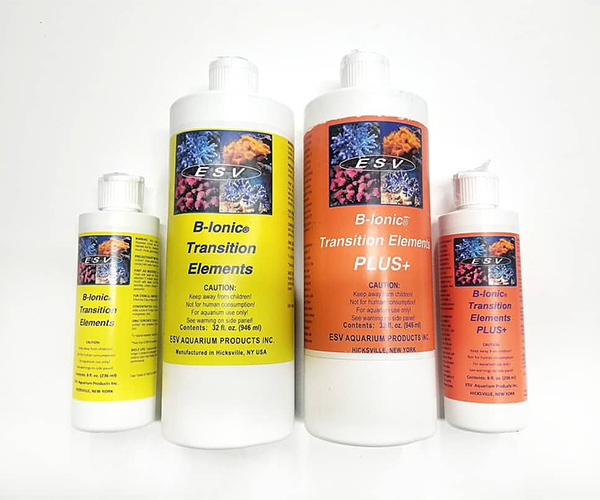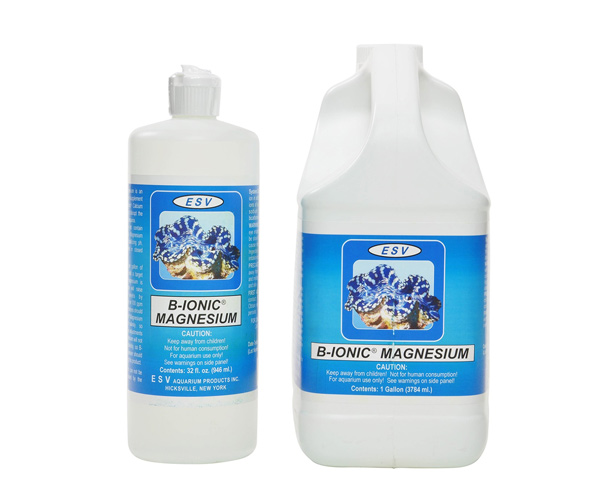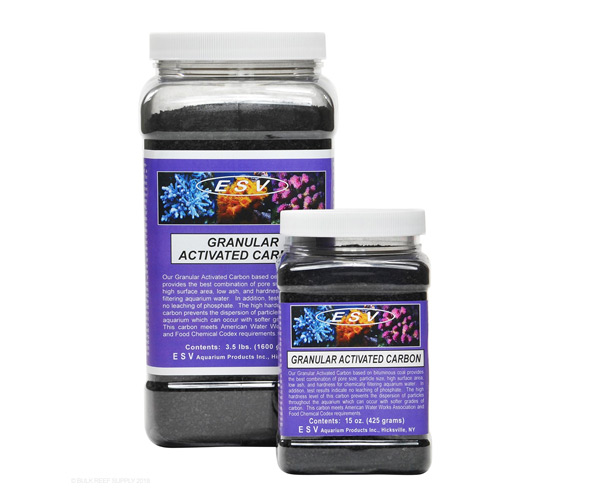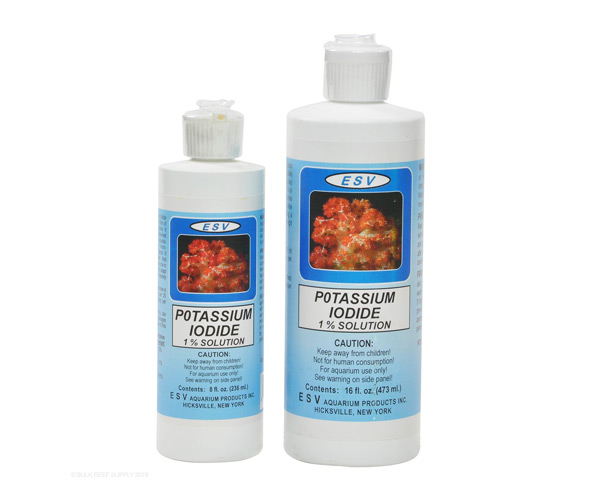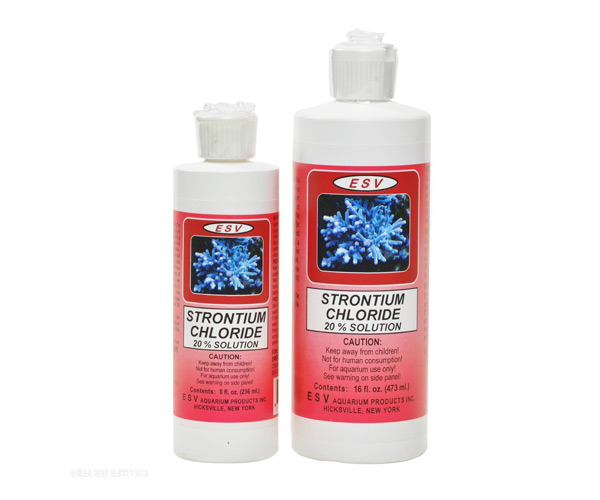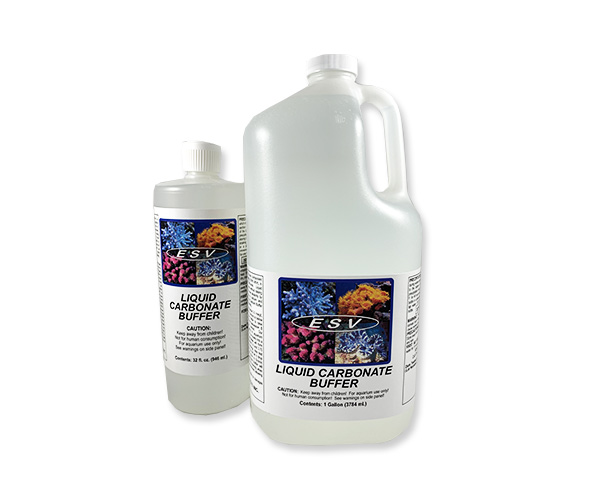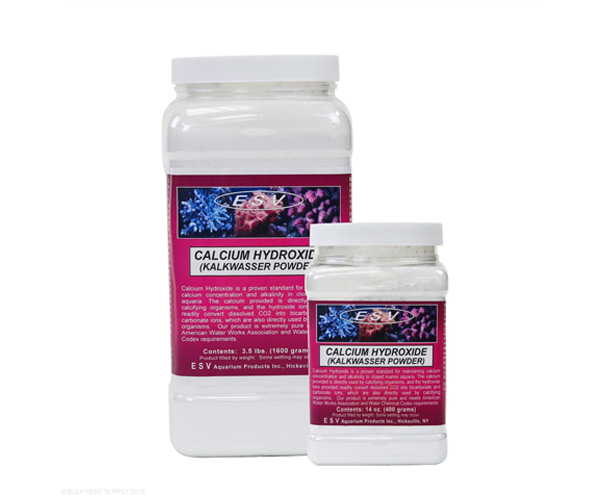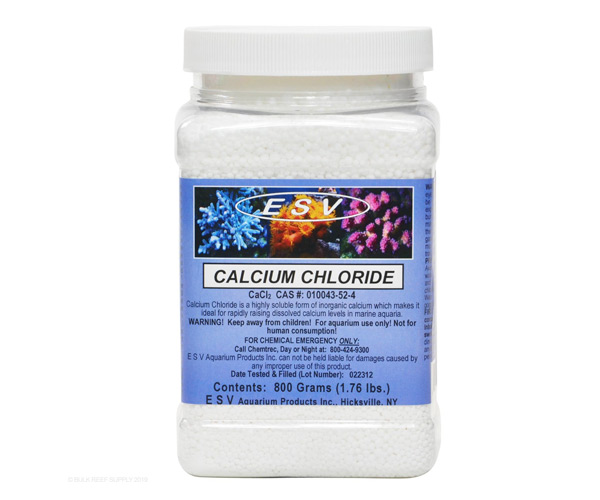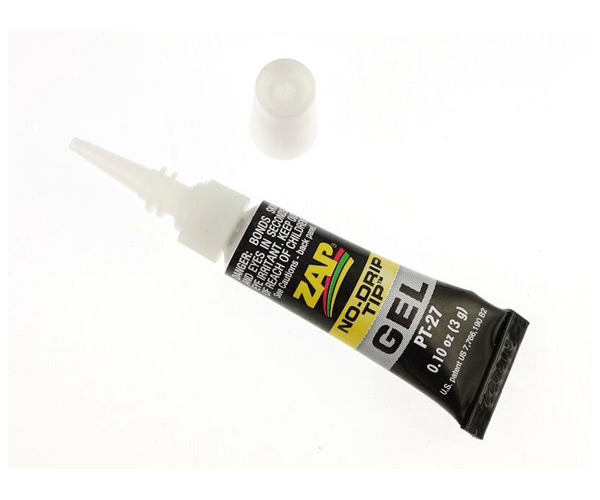Dried Phytoplankton Amino Enhanced
(Time Released)
Dried Phytoplankton Amino Enhanced TR (DPAE-TR) is the new and improved amino acid enhanced version of the Dried Marine Phytoplankton Time Released (DMP-TR). In addition to the same species of phytoplankton found in the older DMP-TR, DPAE-TR contains other non-gmo cultured aquatic celled organisims which raise the protein level by 56%. DPAE-TR supplies larger particles which gradually break down into single cells (6-8 microns) as the material passes through the circulation pumps of the aquarium. The particles exhibit excellent buoyancy characteristics. This makes DPAE-TR the most versatile food available to he reef aquarist. DPAE-TR effectively eliminates the need for purchasing or culturing live phytoplankton cultures for your reef aquarium. Phytoplankton is an important first step in the food chain. Daily addition of DPAE-TR will not only directly feed the larger inhabitants of your reef aquarium. but also promote the production of zooplankton which in turn can be a valuable food source for your reef inhavitants. Depending on the feeding method employed, DPAE-TR functions as a filter-feeder food for corals and other invertebrates, fish food, larval fish food, larval invertebrate food, and an enrichment food for Artemia and rotifer culture. The abundance of HUFA's found in DPAE-TR causes the foam in protein skimmers to collapse briefly allowing the algae cells longer residence time in your aquarium before being exported by skimming. Although the very high levels of HUFA's (especially Docosahexaenoic Acid shown to be critical for proper marine larval development) makes DPAE-TR unique, it also functions as a source for the following trace elements, vitamins, amino acids, and minerals: Cobalt, Copper, Iodide, Iron, Manganese, Molybdenum, Nickel, Selenium, Silicon, Tin, Vanadium, Zinc, Vitamins A, E, B12, C, Thiamin, Riboflavin, Pyridoxine, Pantothenic Acid, Biotin, Folic Acid, Choline, Niacin, Aspartic Acid, Threonine, Serine, Glutamic Acid, Proline, Gylcine, Alanine, Cystine, Valine, Isoleucine, Leucine, Tyrosine, Phenylalanine, Lysine-HCL, Histidine-HCL, Arginine-HCL, Tryptophan, Calcium, Potassium, Phosphorus, Sodium, Magnesium, Sulfur, and Chloride.
Available in 1.5 oz., 3 oz., and 18.52 oz. Bulk sizes available upon request
